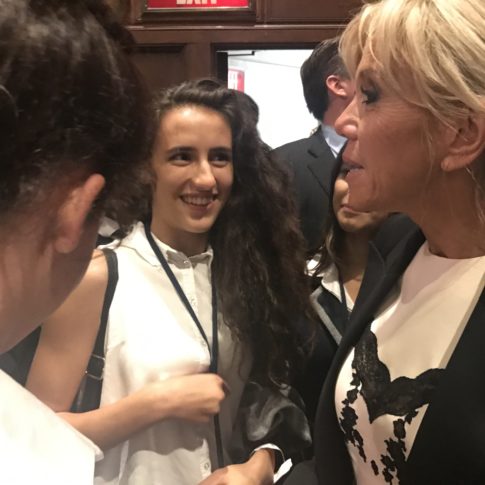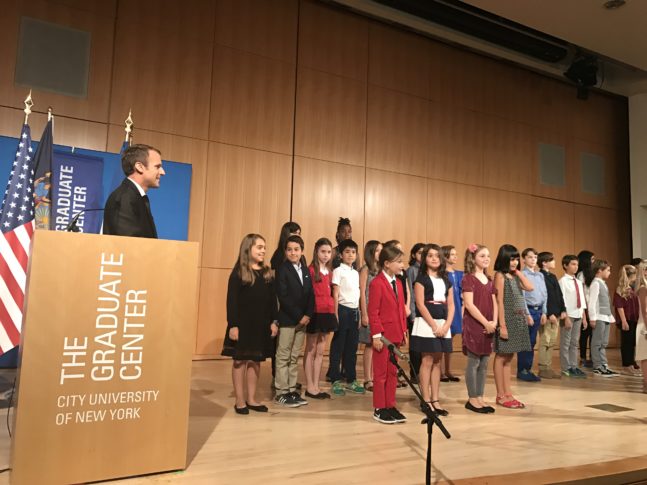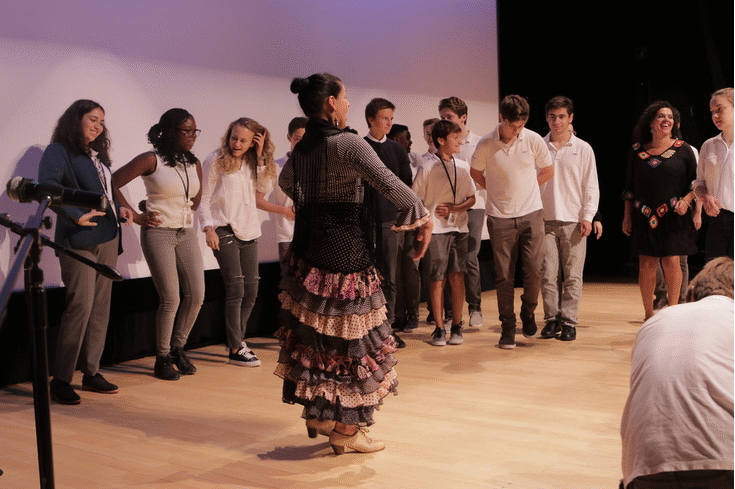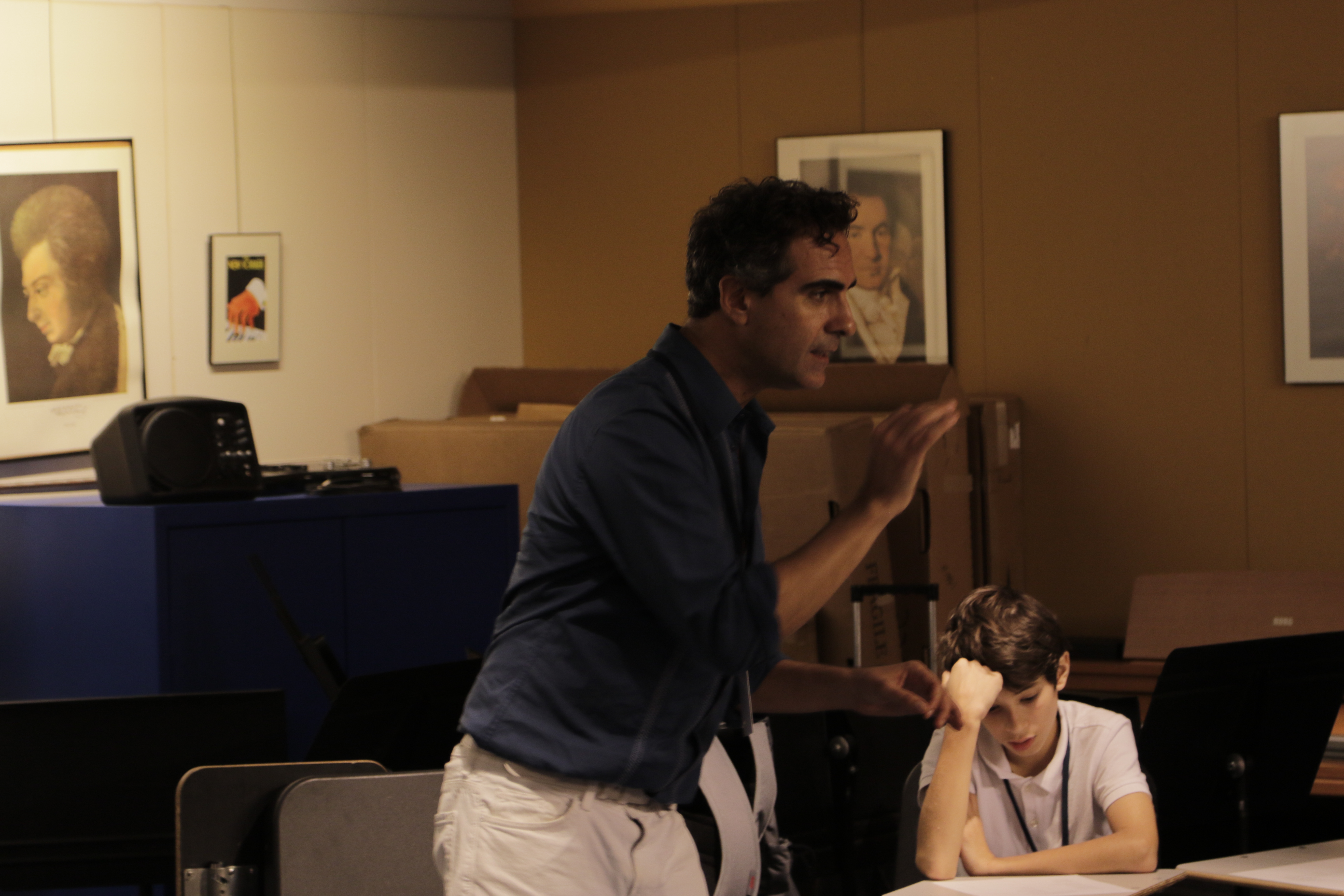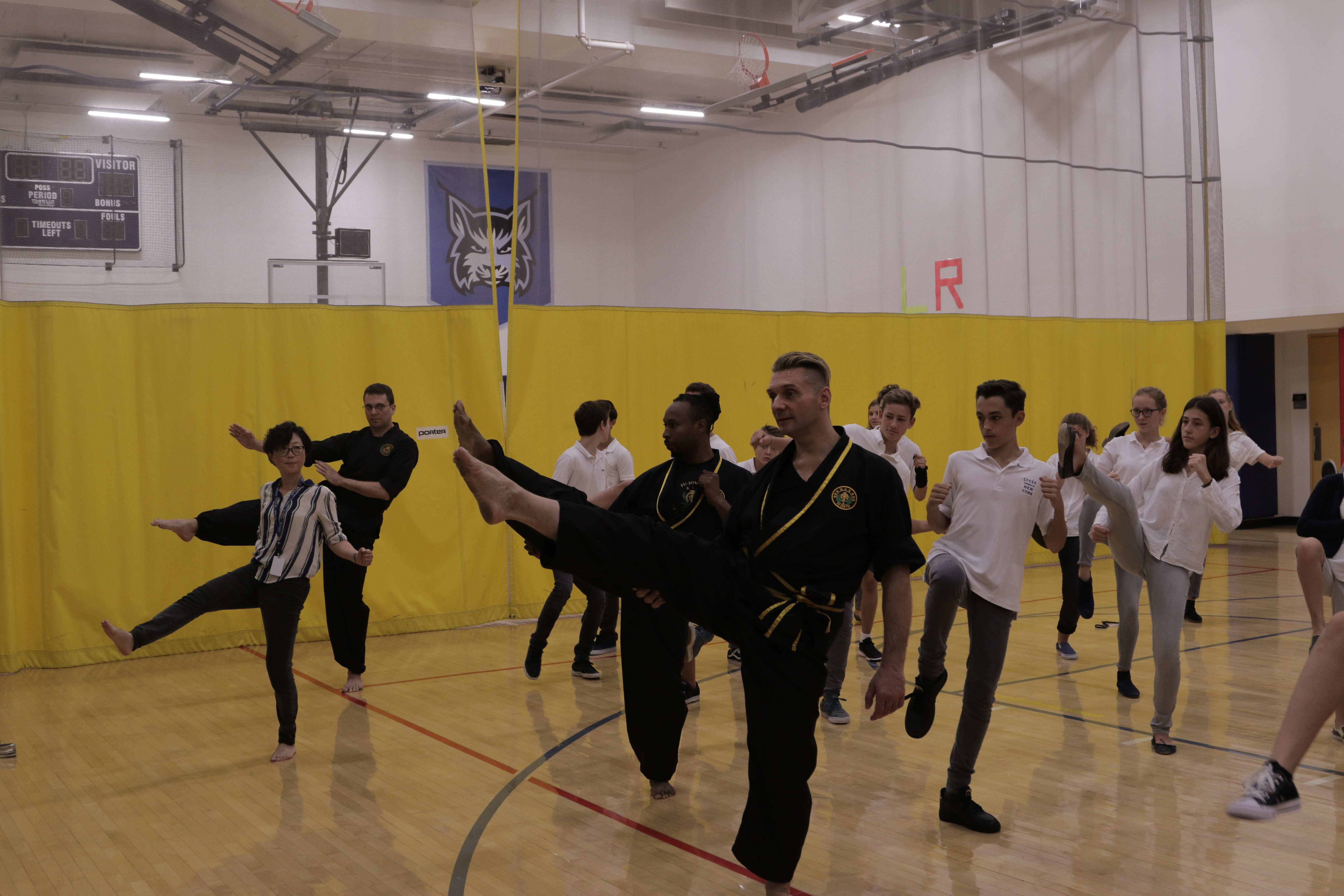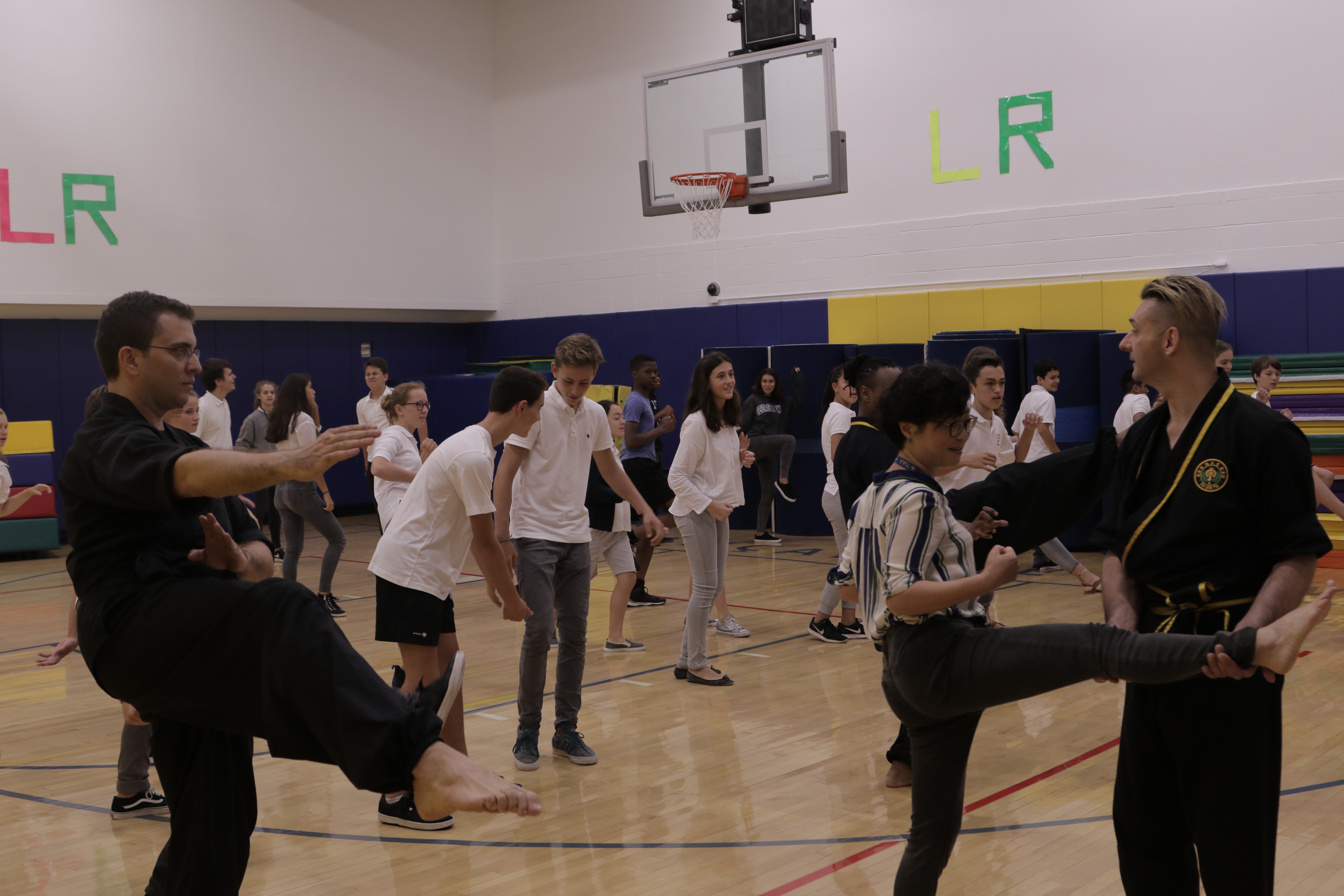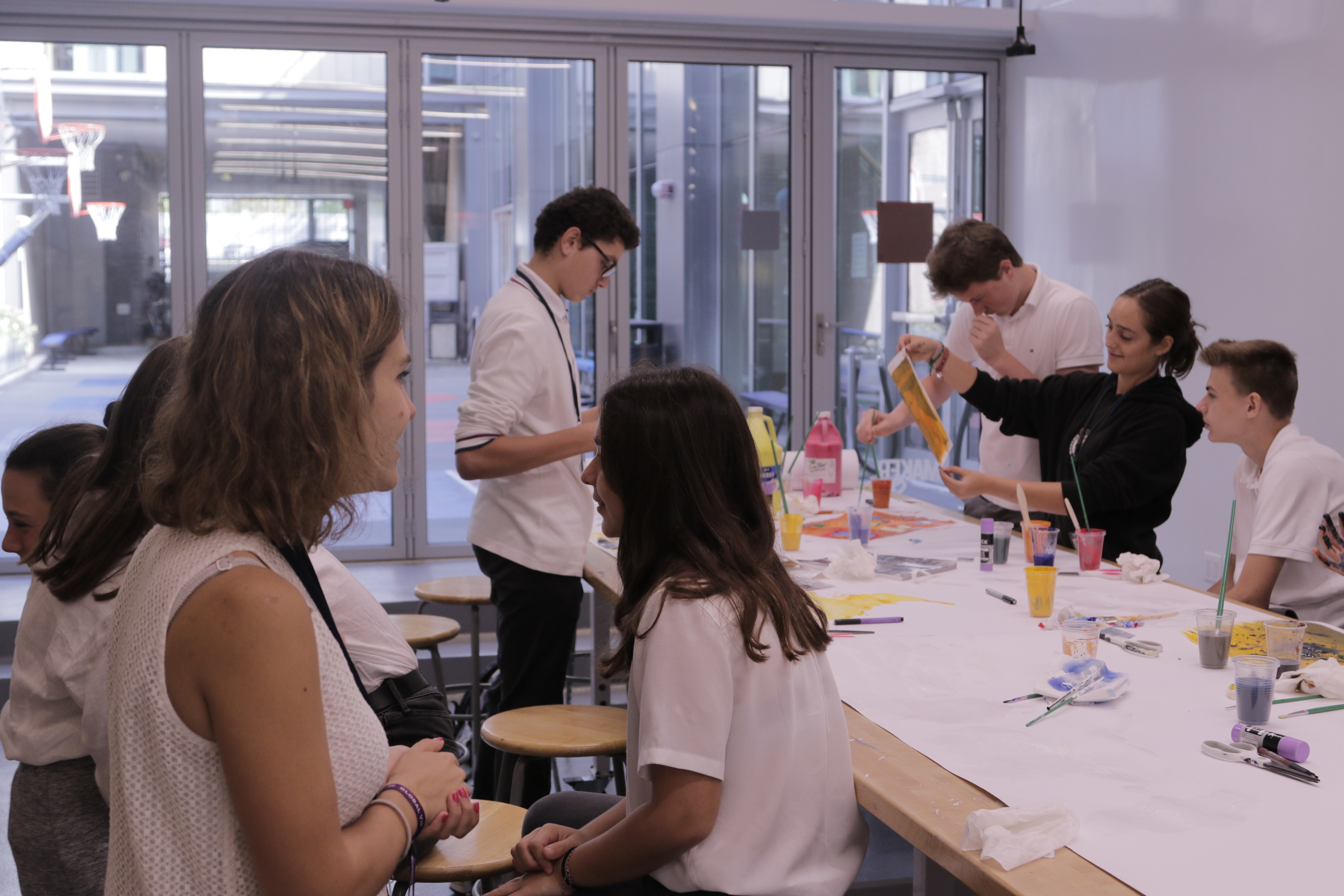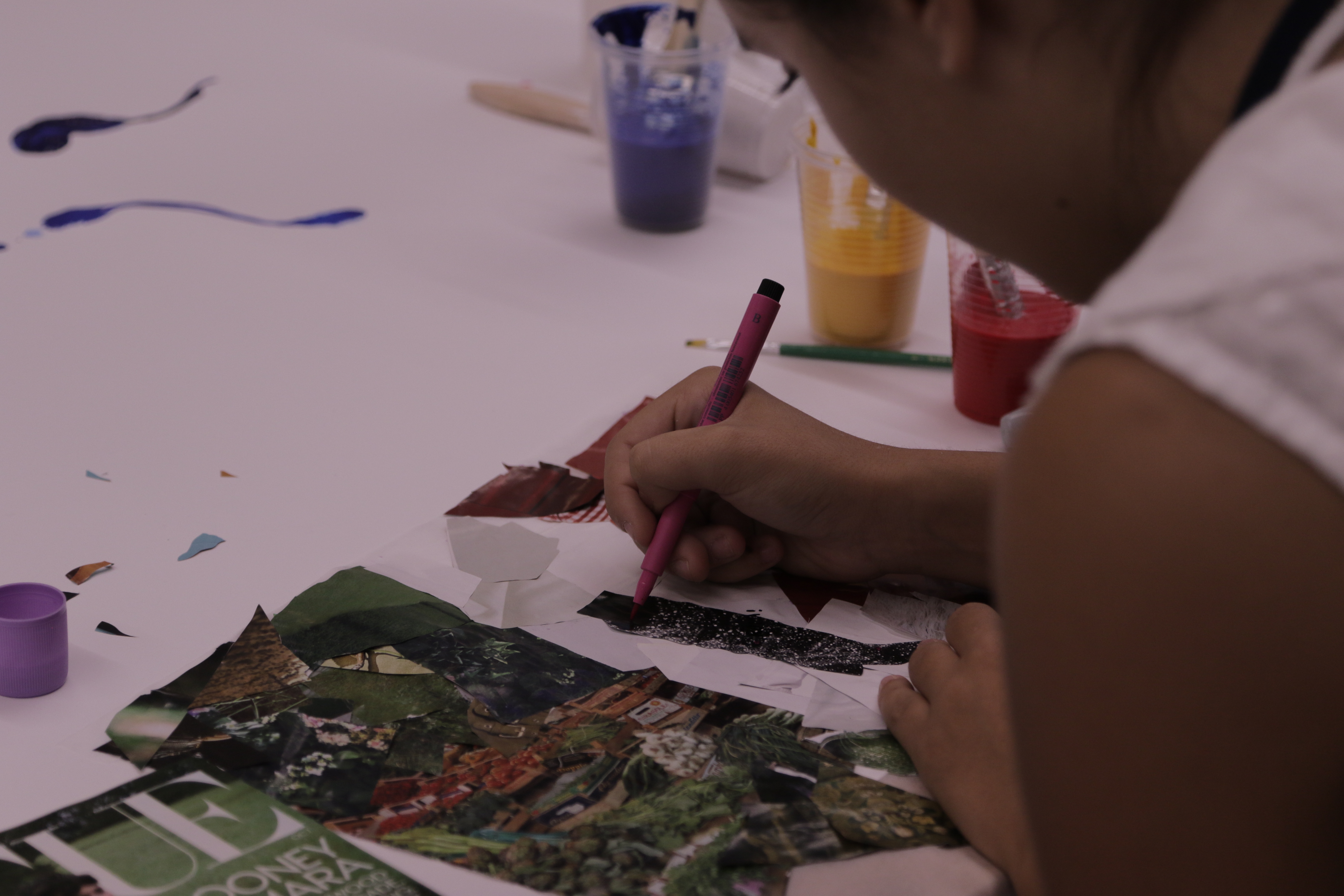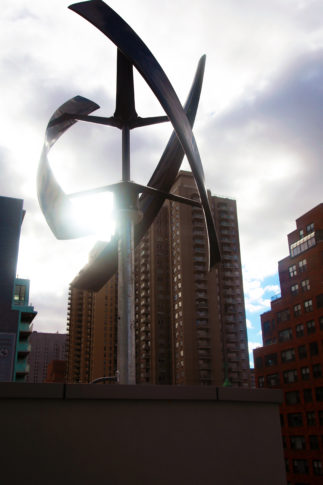 You’ve surely noticed the environmental movement happening in NYC. Whether it’s in the news, fashion, food or technology industries, we keep hearing these two words: “going green.” They lead us to change the way we think about how our buildings are conceived and maintained. We start to ask ourselves: How much do I affect the world and people around me? In what ways can I reduce my carbon footprint and impact on the environment? Little by little, the Lycée is tackling these questions and finding new eco-friendly solutions to help us make better choices at school.
You’ve surely noticed the environmental movement happening in NYC. Whether it’s in the news, fashion, food or technology industries, we keep hearing these two words: “going green.” They lead us to change the way we think about how our buildings are conceived and maintained. We start to ask ourselves: How much do I affect the world and people around me? In what ways can I reduce my carbon footprint and impact on the environment? Little by little, the Lycée is tackling these questions and finding new eco-friendly solutions to help us make better choices at school.
One of the major steps taken in this direction is the York Wing construction project. Our new building was carefully designed to be highly energy-efficient. Following the example of our main buildings, the architects at Ennead took full advantage of natural light by using translucent glass that admits in as much natural luminosity as possible in every classroom. In terms of heating, they chose special dual-pane windows covered with a low e-coating to protect the inside of the building. Today, the Lycée is Silver LEED-certified. LEED (Leadership in Energy and Environmental Design) is a green building certification program that helps us use our resources efficiently. We hope to keep earning points to become gold certified…

NOVEDA Technologies systems, an energy savings company, was brought on board to help us better monitor our energy usage. Our maintenance team has been working hard with NOVEDA to install customized dashboards to meet our energy reporting and analytic needs. These energy dashboards allow us to analyze past and current energy usage to determine any recurring trends and create innovative strategies to reduce electrical waste. One of the electronic units we are attentively measuring are the classroom Smart Boards. “We want to save as much energy as possible and make sure teachers switch them off at the end of the day, as they use quite a bit of energy. If they are still on, we can let the IT team know which ones need to be shut down,” explains Terrence Kennedy, our facilities director, who is himself an active member of the Green Schools Alliance, an organization that fosters whole school sustainability.
 NOVEDA also allows our team to moderate our new renewable energy initiatives, with the solar array on the 6th-floor Primary rooftop playground and the wind turbine on the York Wing rooftop, a gift of the Class of 2013. The solar array creates about 3.5kW of renewable energy on any given sunny day, and the wind turbine produces 1.5kW. We are also proud to announce an important initiative through our buildings’ LED (light-emitting diode) light bulbs. The LED lamps have a lifespan and electrical efficiency much greater than the linear and compact fluorescent lamps we had before. “This lighting upgrade is clearly visible on our NOVEDA dashboards and is a huge environmental enhancement for our school,” adds Mr. Kennedy.
NOVEDA also allows our team to moderate our new renewable energy initiatives, with the solar array on the 6th-floor Primary rooftop playground and the wind turbine on the York Wing rooftop, a gift of the Class of 2013. The solar array creates about 3.5kW of renewable energy on any given sunny day, and the wind turbine produces 1.5kW. We are also proud to announce an important initiative through our buildings’ LED (light-emitting diode) light bulbs. The LED lamps have a lifespan and electrical efficiency much greater than the linear and compact fluorescent lamps we had before. “This lighting upgrade is clearly visible on our NOVEDA dashboards and is a huge environmental enhancement for our school,” adds Mr. Kennedy.
We don’t just focus on electricity. Our aim is also to reduce water waste. Did you know that 3.9 trillion gallons of water are wasted every month in the United States? The school has a water meter connected to the HVAC (heating, ventilating, and air conditioning) cooling towers to help us consume much less water.
How can our student body learn about being eco-friendly through NOVEDA systems?
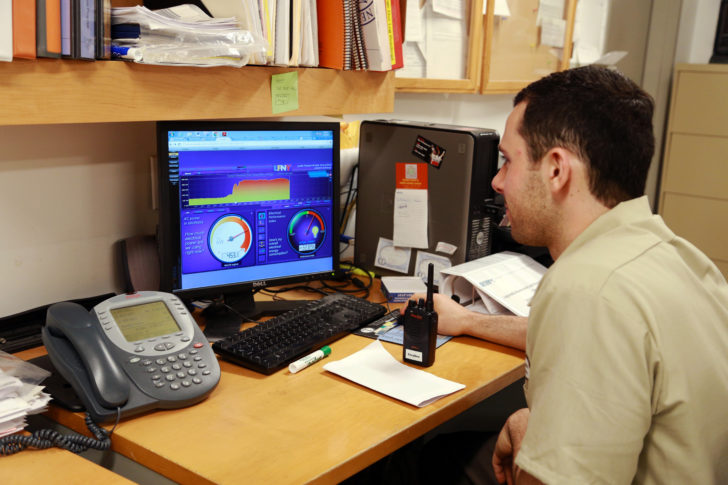
Students and teachers will have access to an account for the NOVEDA dashboard that will allow them to see the main dashboard page. Students can then take a look at the solar generation, wind turbine power, total carbon use per day and the different amounts of electricity used. After gathering all the data, we can encourage students to compare their consumption with other classes and come up with ways to reduce electrical waste in the classrooms and at home.
Excited to learn more about the sustainable progress at the Lycée? Want to see our wind turbine up close on the rooftop? This is your lucky chance! Stop by our NOVEDA booth (2nd floor) on York Wing Community Day and start exploring…
LFNY York Wing Community Day
Hours: 10am to 3pm
Sign-up for key events in advance
Volunteers still needed: click here.
See you soon!
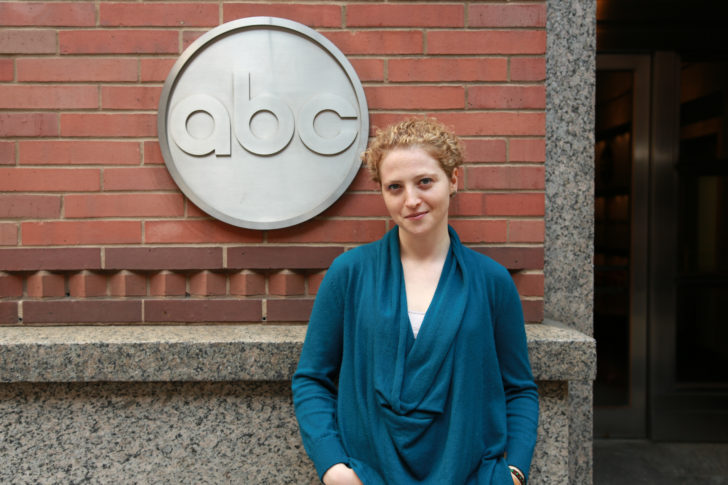 Cette ancienne élève du LFNY, scolarisée entre 1994 et 2007, s’apprête à ouvrir, avec 30 autres journalistes, le bureau à New York de la chaîne d’information i24 et elle n’en démord pas : “C’est en partie, grâce au passage au Lycée et à la formation bilingue que j’ai reçue que j’ai été recrutée”.
Cette ancienne élève du LFNY, scolarisée entre 1994 et 2007, s’apprête à ouvrir, avec 30 autres journalistes, le bureau à New York de la chaîne d’information i24 et elle n’en démord pas : “C’est en partie, grâce au passage au Lycée et à la formation bilingue que j’ai reçue que j’ai été recrutée”. En parallèle, Amital continue ses études. Après son Bachelor à Columbia, elle décide de se spécialiser avec un Master dans ce qu’elle estime être sa passion: le journalisme télévisé. Une période intense pour elle qui alterne entre ses études la semaine à CUNY Graduate School of Journalism et son travail, les weekends de 4h à 16h, à MSNBC.
En parallèle, Amital continue ses études. Après son Bachelor à Columbia, elle décide de se spécialiser avec un Master dans ce qu’elle estime être sa passion: le journalisme télévisé. Une période intense pour elle qui alterne entre ses études la semaine à CUNY Graduate School of Journalism et son travail, les weekends de 4h à 16h, à MSNBC. “Ce matin du 22 mars, nous commençons à recevoir des informations émanant de Bruxelles comme quoi des explosions ont eu lieu à l’aéroport”, se souvient Amital. La température monte subitement dans la newsroom, et quelques instants plus tard, la chef du bureau lui tape sur l’épaule et lui demande si elle a son passeport. “Je n’avais pas dormi depuis 24 heures, mais l’adrénaline a raison de moi et quelques heures plus tard je pars pour Londres”, raconte Amital.
“Ce matin du 22 mars, nous commençons à recevoir des informations émanant de Bruxelles comme quoi des explosions ont eu lieu à l’aéroport”, se souvient Amital. La température monte subitement dans la newsroom, et quelques instants plus tard, la chef du bureau lui tape sur l’épaule et lui demande si elle a son passeport. “Je n’avais pas dormi depuis 24 heures, mais l’adrénaline a raison de moi et quelques heures plus tard je pars pour Londres”, raconte Amital.


 Lycée students joined representatives from some of the research and development agencies of the UN in Conference Room 2. Following on the heels of the UN General Assembly, however, this meeting was a clear departure from the traditional gatherings of world leaders, member states and their representatives. During this meeting, attendees heard directly from New York-based human rights activists, many of whom remain in dire situations, but are working hard to find solutions.
Lycée students joined representatives from some of the research and development agencies of the UN in Conference Room 2. Following on the heels of the UN General Assembly, however, this meeting was a clear departure from the traditional gatherings of world leaders, member states and their representatives. During this meeting, attendees heard directly from New York-based human rights activists, many of whom remain in dire situations, but are working hard to find solutions.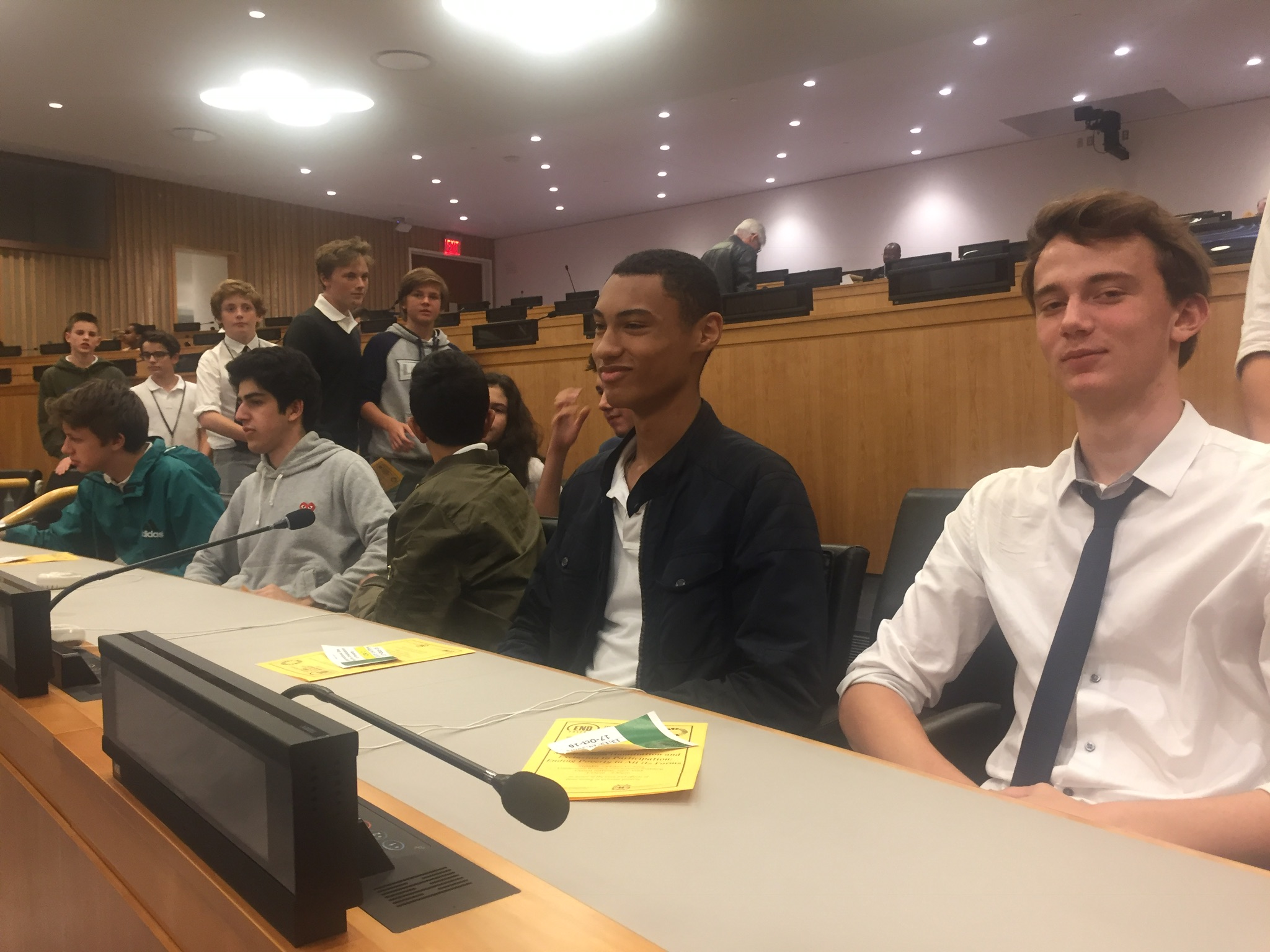 1ère student
1ère student 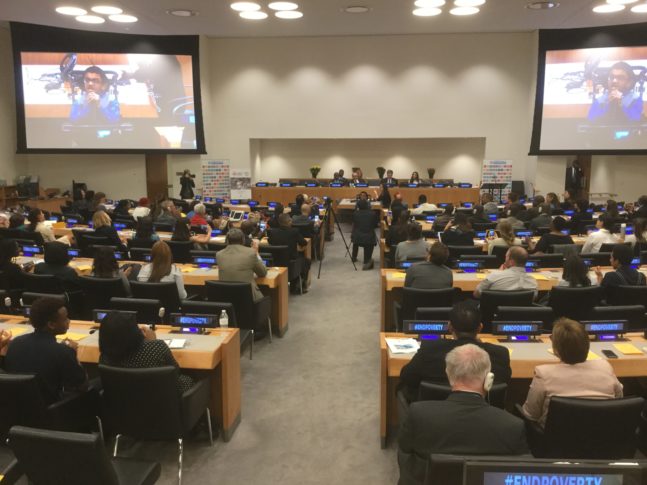 Wrote Juliette, inspired by the words of Eliasson, “One person doesn’t have enough power to help everybody, but we if all do something, big or small, it will make a difference.”
Wrote Juliette, inspired by the words of Eliasson, “One person doesn’t have enough power to help everybody, but we if all do something, big or small, it will make a difference.” You’ve spent almost your entire professional career at L’Oréal.
You’ve spent almost your entire professional career at L’Oréal. How is living in Lagos?
How is living in Lagos?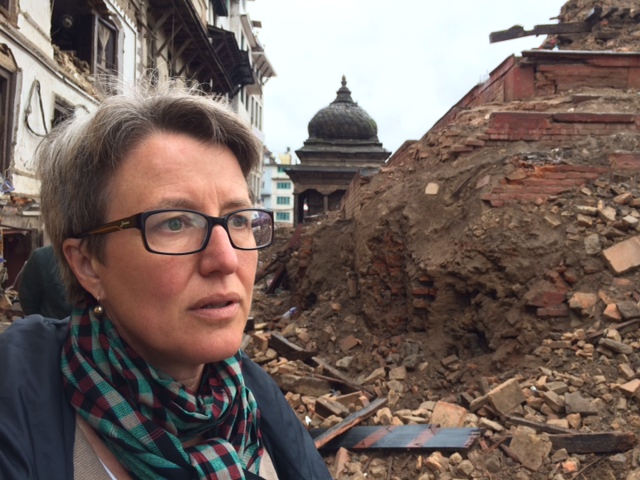 Yet, when a massive 7.8 magnitude earthquake hit central Nepal on April 25, 2015—a rolling wave that moved the Kathmandu valley 1.5 meters in five seconds and was followed by hundreds of big and small aftershocks that are still continuing today—I realized how little I really knew about the ground I lived on. In that earthquake and its aftershocks, more than 9,000 died, tens of thousands were injured and 3.5 million people were left homeless.
Yet, when a massive 7.8 magnitude earthquake hit central Nepal on April 25, 2015—a rolling wave that moved the Kathmandu valley 1.5 meters in five seconds and was followed by hundreds of big and small aftershocks that are still continuing today—I realized how little I really knew about the ground I lived on. In that earthquake and its aftershocks, more than 9,000 died, tens of thousands were injured and 3.5 million people were left homeless. 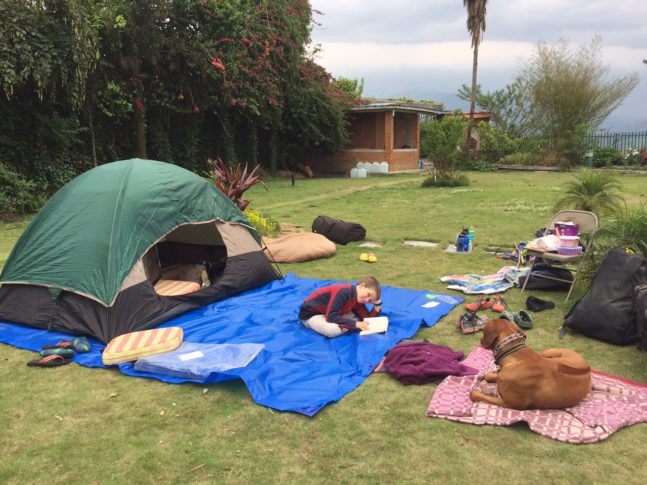 Some 30 minutes after the first earthquake, as I was squatting in front of a safe trying to open it and grab passports and emergency cash, I heard a loud crack, which was followed by a vertical jerking of the house that was so powerful that it threw me onto my back. In the yard, Lucas screamed for me, and I ran down the stairs. That’s when I decided to stay out of the house for a while. Emotionally exhausted, Lucas fell asleep on Biko’s blanket while I set up a tent in the garden, our refuge for two weeks.
Some 30 minutes after the first earthquake, as I was squatting in front of a safe trying to open it and grab passports and emergency cash, I heard a loud crack, which was followed by a vertical jerking of the house that was so powerful that it threw me onto my back. In the yard, Lucas screamed for me, and I ran down the stairs. That’s when I decided to stay out of the house for a while. Emotionally exhausted, Lucas fell asleep on Biko’s blanket while I set up a tent in the garden, our refuge for two weeks. 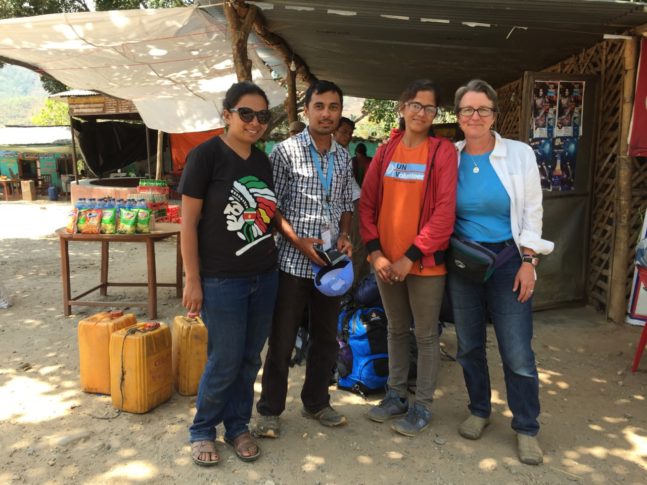 I owe much to my Nepali friends, colleagues and neighbors who immediately reached out to make sure we were okay. Keshav, our cook, a former Marxist-Leninist revolutionary who also doubles as my translator and fixer on reporting stories, left his own badly damaged house and came to our place that first evening, building an impromptu tarp shelter for our earthquake gear where he and Biko slept. Lucas and I joined him on his motorcycle as I reported on the destruction in the valley. With our internet down, we found connectivity and much appreciated company at the home of my friends Kunda and his wife Milan, where we weathered a few big aftershocks sitting together in their garden. Another impromptu family were my husband’s World Bank colleagues, several of whom came to the office within the first hours to track down all staff.
I owe much to my Nepali friends, colleagues and neighbors who immediately reached out to make sure we were okay. Keshav, our cook, a former Marxist-Leninist revolutionary who also doubles as my translator and fixer on reporting stories, left his own badly damaged house and came to our place that first evening, building an impromptu tarp shelter for our earthquake gear where he and Biko slept. Lucas and I joined him on his motorcycle as I reported on the destruction in the valley. With our internet down, we found connectivity and much appreciated company at the home of my friends Kunda and his wife Milan, where we weathered a few big aftershocks sitting together in their garden. Another impromptu family were my husband’s World Bank colleagues, several of whom came to the office within the first hours to track down all staff.  For the first time, I was living the story that I was reporting. The quake had in one way or another affected everyone in 14 of Nepal’s 75 districts. It’s the language we all had in common. In Kathmandu, people greeted each other for weeks by asking: “Where were you when the quake hit?” After large aftershocks, they still start conversations with “Did you feel that?” After a powerful 5:00 a.m. aftershock one morning, a friend tweeted: “Wakey, Wakey. That was a big one.” We were all part of a big community. We all suffered from earthquake “hangovers”, the feeling that the earth was moving even when it was not. That first week after the 7.8 magnitude quake, I’ve never hugged and been hugged by so many people, even just acquaintances.
For the first time, I was living the story that I was reporting. The quake had in one way or another affected everyone in 14 of Nepal’s 75 districts. It’s the language we all had in common. In Kathmandu, people greeted each other for weeks by asking: “Where were you when the quake hit?” After large aftershocks, they still start conversations with “Did you feel that?” After a powerful 5:00 a.m. aftershock one morning, a friend tweeted: “Wakey, Wakey. That was a big one.” We were all part of a big community. We all suffered from earthquake “hangovers”, the feeling that the earth was moving even when it was not. That first week after the 7.8 magnitude quake, I’ve never hugged and been hugged by so many people, even just acquaintances.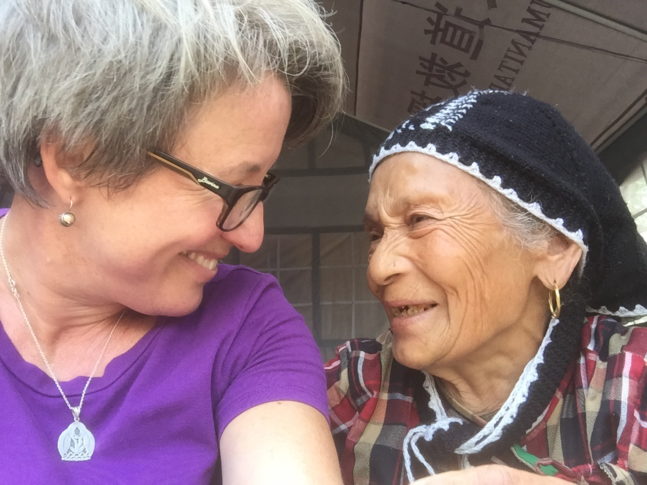 I knew even in the first minutes after the first earthquake that I couldn’t possibly leave. Nepal is my home. I have tried to demonstrate solidarity with the country and my friends there in the only way I know how: by writing.
I knew even in the first minutes after the first earthquake that I couldn’t possibly leave. Nepal is my home. I have tried to demonstrate solidarity with the country and my friends there in the only way I know how: by writing. 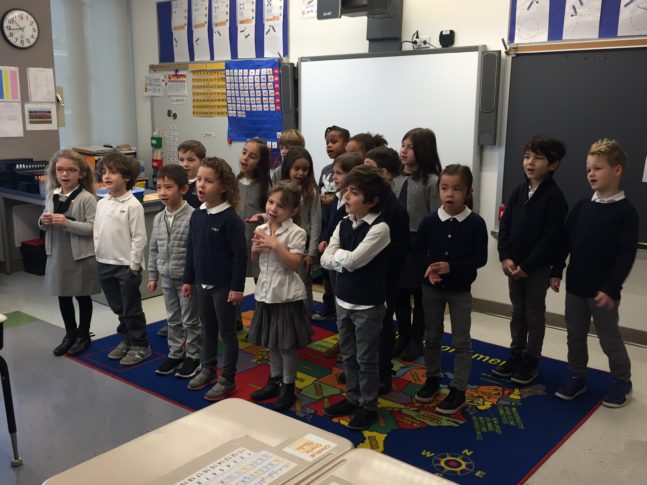
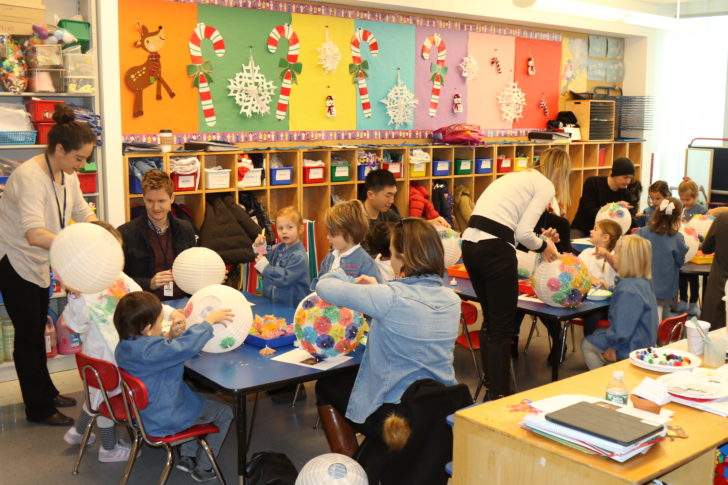 Our Day of Understanding was the result of many years of work and reflection about how we understand and teach about diversity in our
Our Day of Understanding was the result of many years of work and reflection about how we understand and teach about diversity in our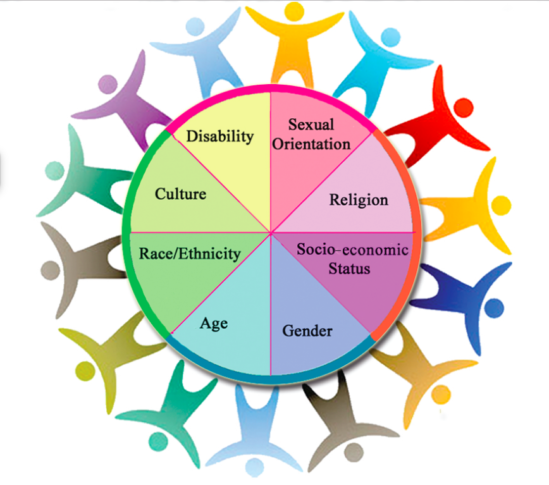
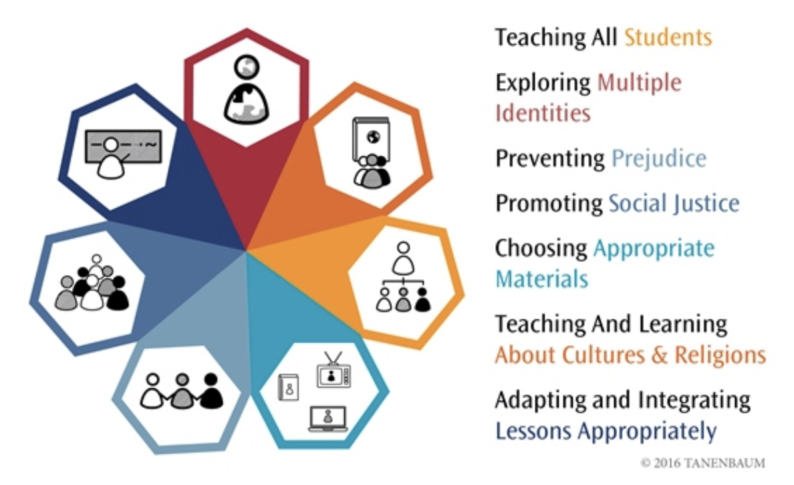
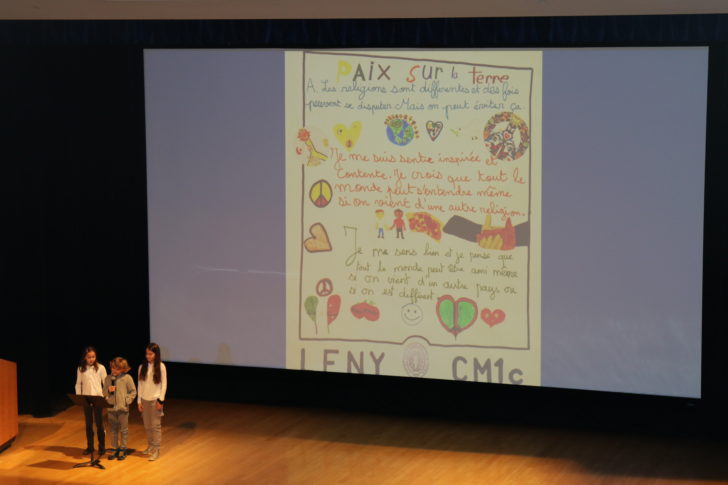 At the Lycée Français de New York, teaching understanding is essential in order to form citizens who are conscious and proud of their individual identities and also capable of empathy and compassion, citizens with a sense of justice who will fight for a society where prejudice and stereotypes have no place — citizens of the world, enlightened, accomplished and positive.
At the Lycée Français de New York, teaching understanding is essential in order to form citizens who are conscious and proud of their individual identities and also capable of empathy and compassion, citizens with a sense of justice who will fight for a society where prejudice and stereotypes have no place — citizens of the world, enlightened, accomplished and positive.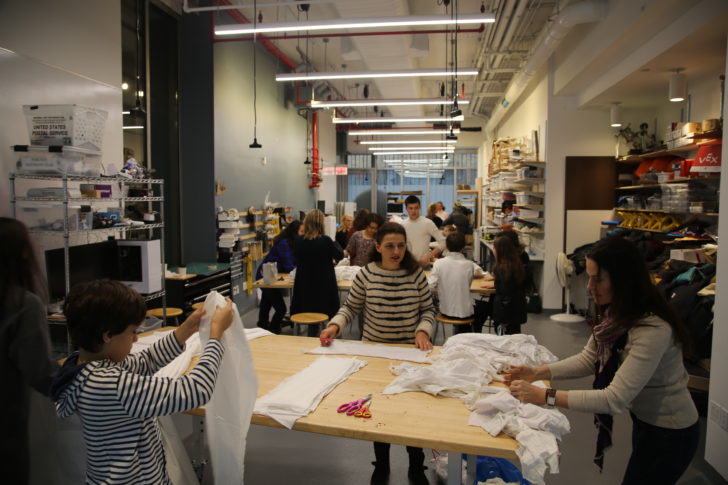
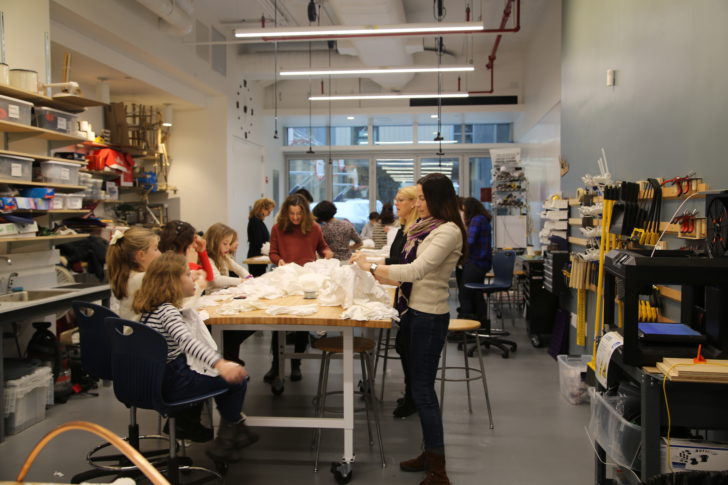

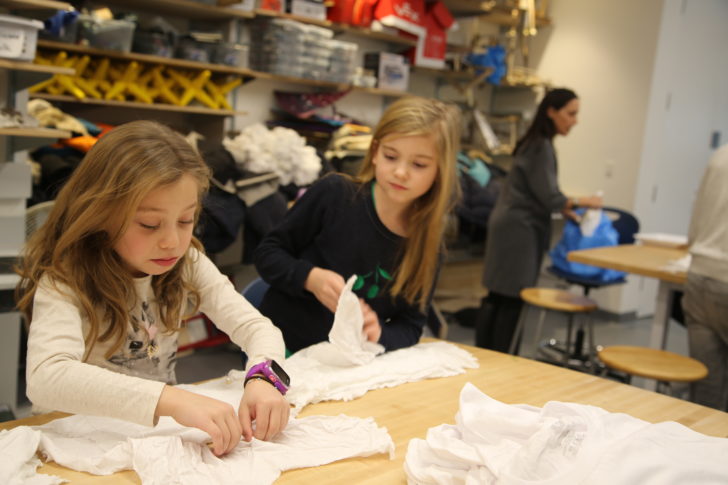
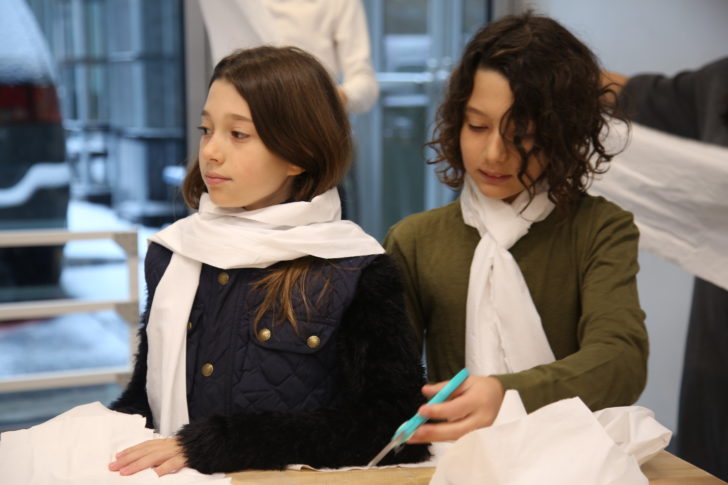
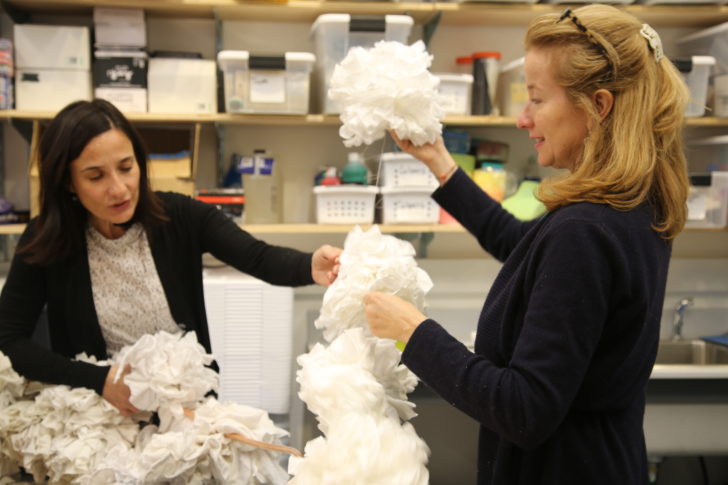
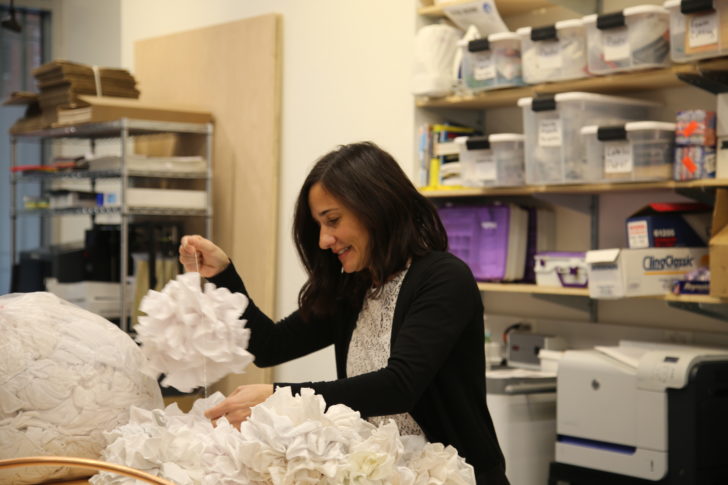
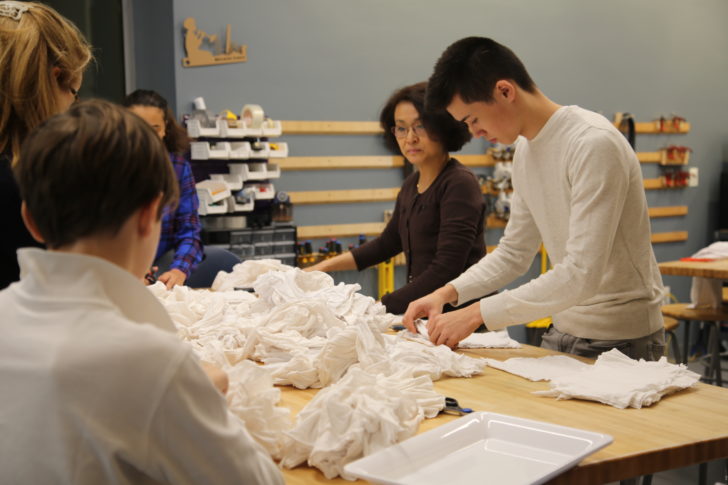
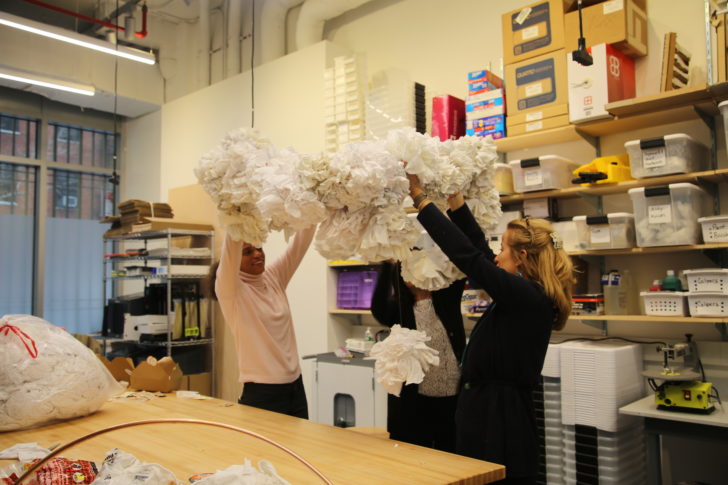
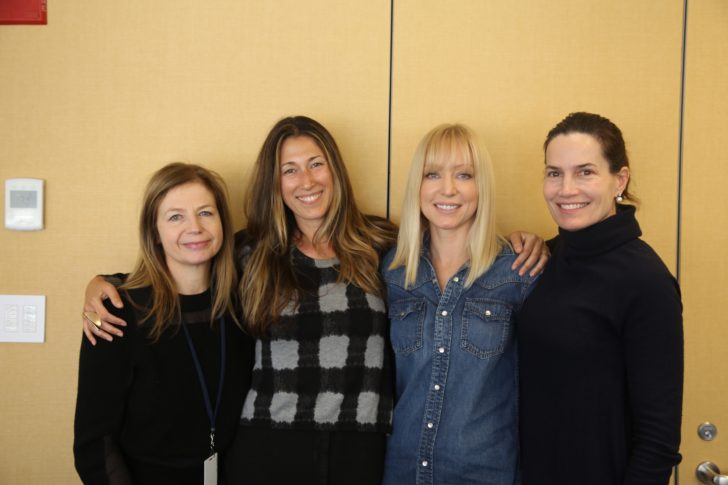

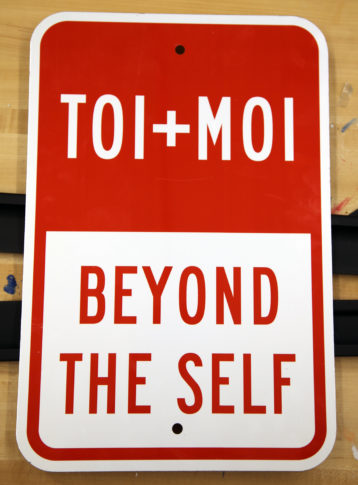 Our student voices are very much present this year through our “street-sign project”. We asked students to come up with slogans in English and in French about emotional well-being and consideration of others. Working with the art department, we’ve created a series of streets signs that will hang all over the school in the weeks leading up to the gala for our students to see when they visit the water fountain, take the elevator or head to the canteen. These signs will also be visible on gala night at the Armory.
Our student voices are very much present this year through our “street-sign project”. We asked students to come up with slogans in English and in French about emotional well-being and consideration of others. Working with the art department, we’ve created a series of streets signs that will hang all over the school in the weeks leading up to the gala for our students to see when they visit the water fountain, take the elevator or head to the canteen. These signs will also be visible on gala night at the Armory. 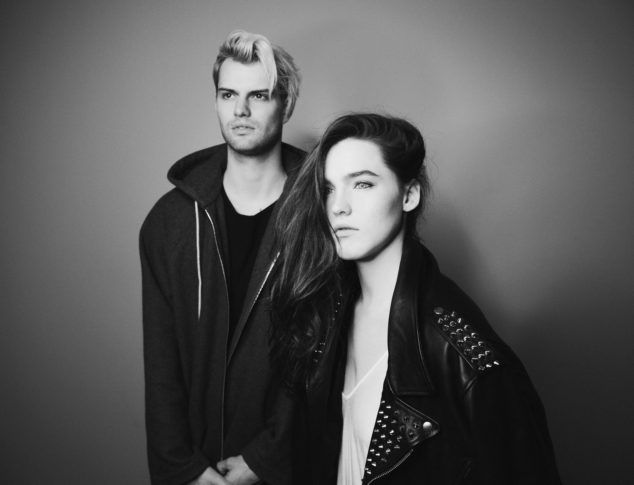
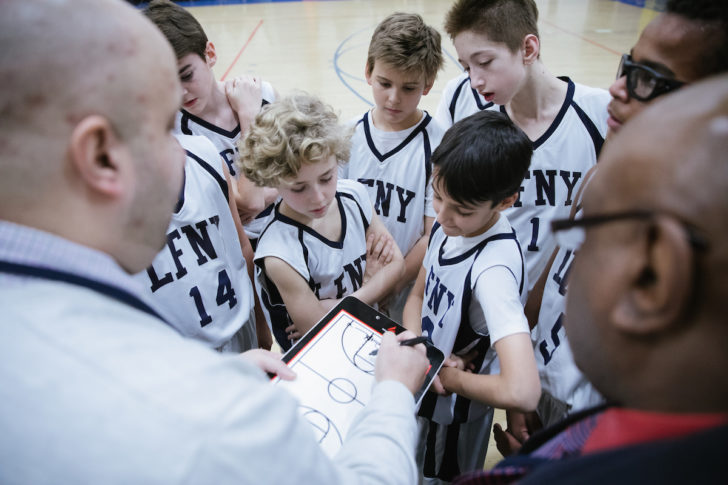
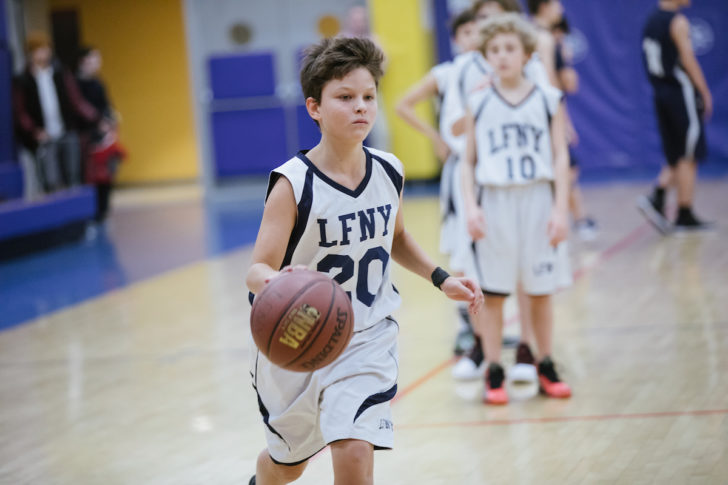
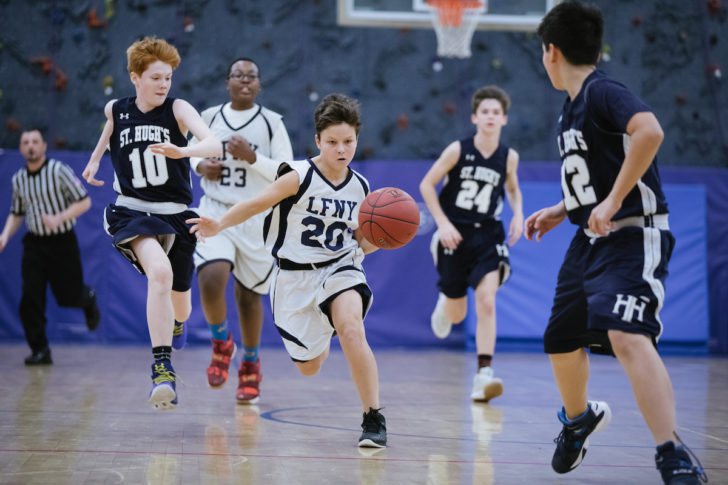
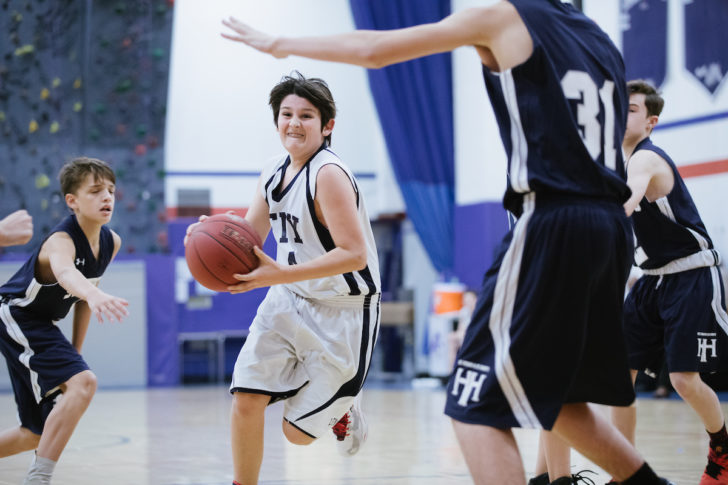
 Décidément les Lynx manquent cruellement d’enthousiasme et se font totalement dominer dans la 3ème manche. Les Boys de St. Hugh prennent le large avec 20 points d’avance!
Décidément les Lynx manquent cruellement d’enthousiasme et se font totalement dominer dans la 3ème manche. Les Boys de St. Hugh prennent le large avec 20 points d’avance!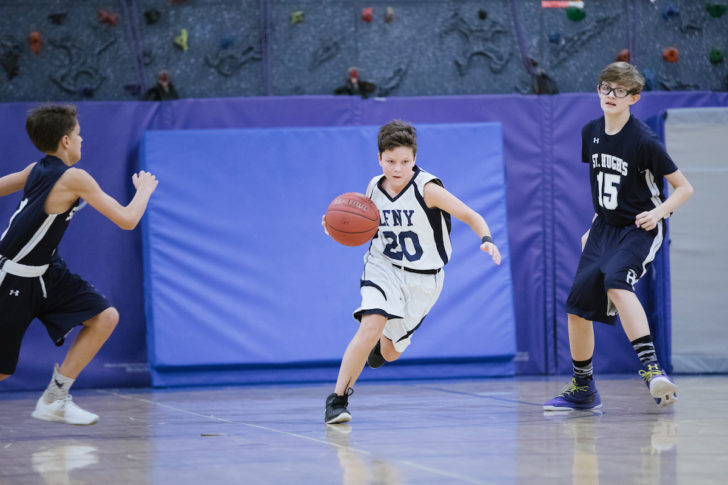

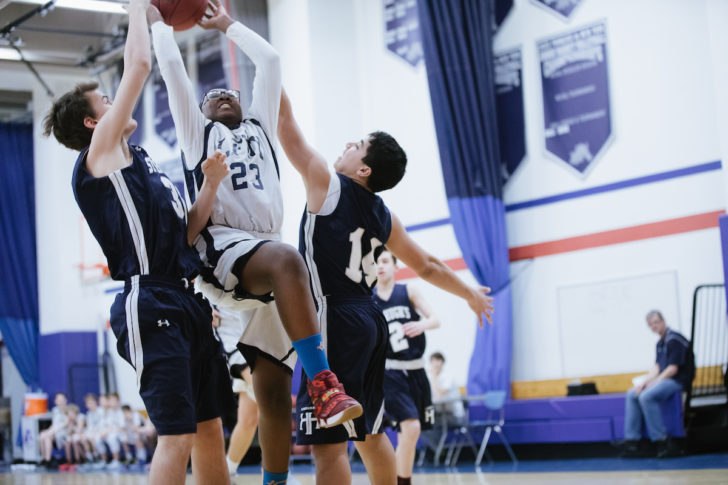
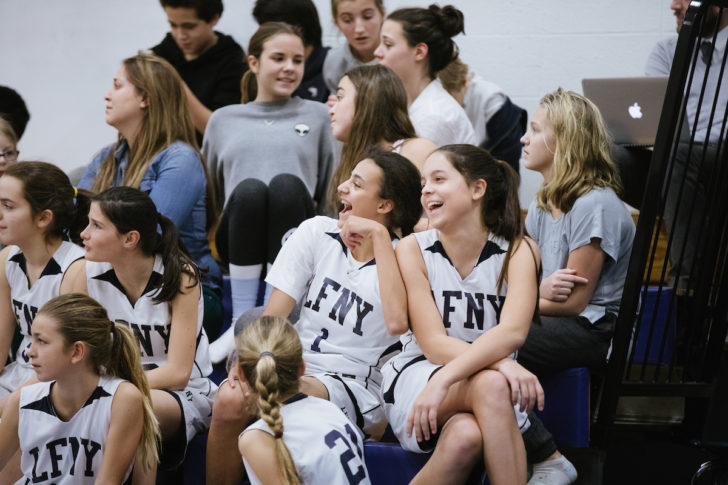 “Allez Lycééééee!” Aux Girls du Lycée d’affronter celles de St. Hilda. Dès le début du match, il est à craindre que le sort des filles sera le même que celui des boys. Le premier quart s’achève sur un score sans appelle de 1-11 pour les “visitors”.
“Allez Lycééééee!” Aux Girls du Lycée d’affronter celles de St. Hilda. Dès le début du match, il est à craindre que le sort des filles sera le même que celui des boys. Le premier quart s’achève sur un score sans appelle de 1-11 pour les “visitors”.
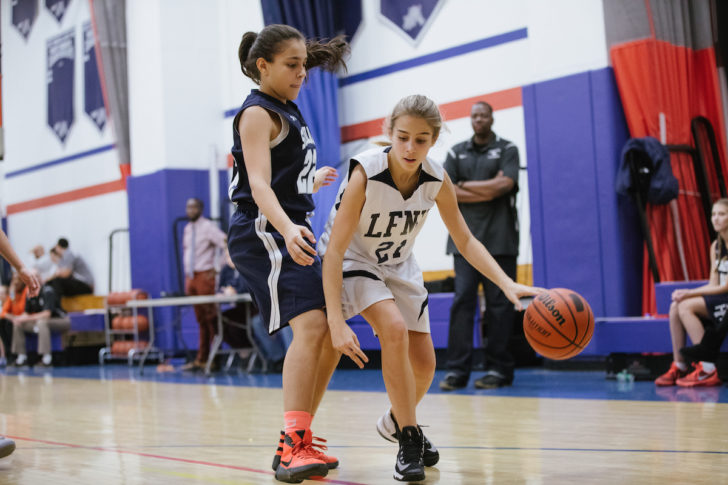

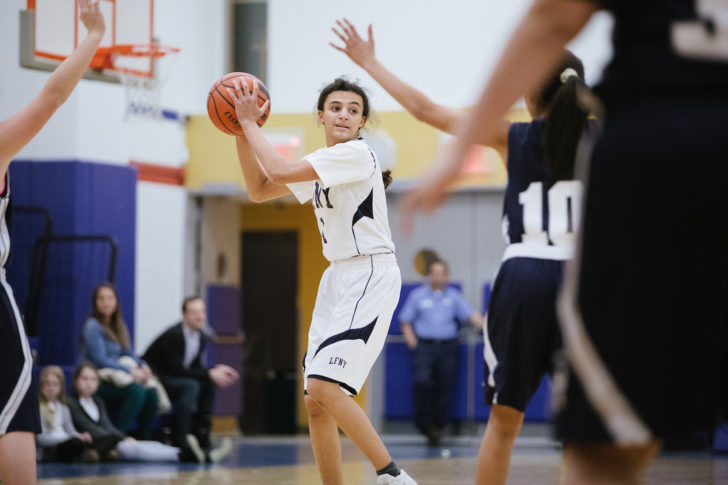
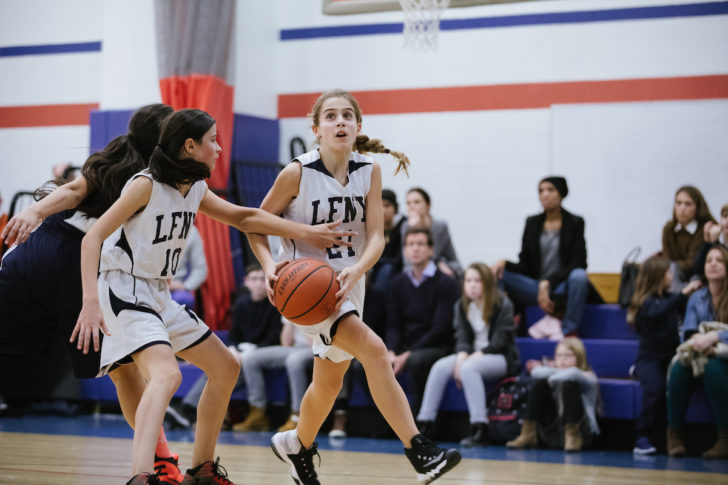

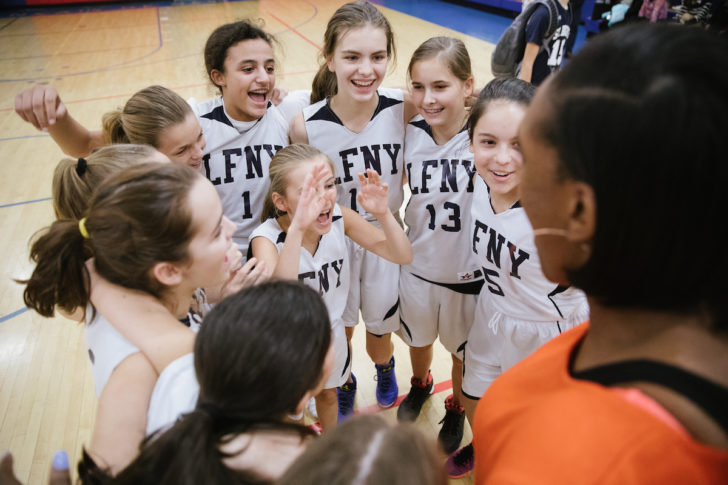
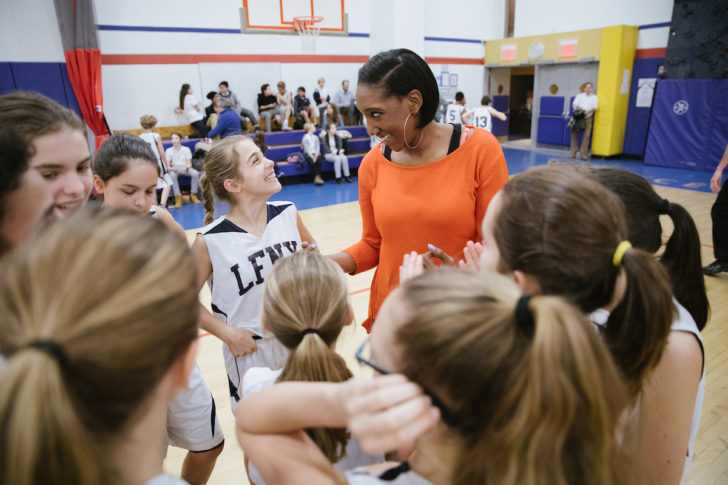
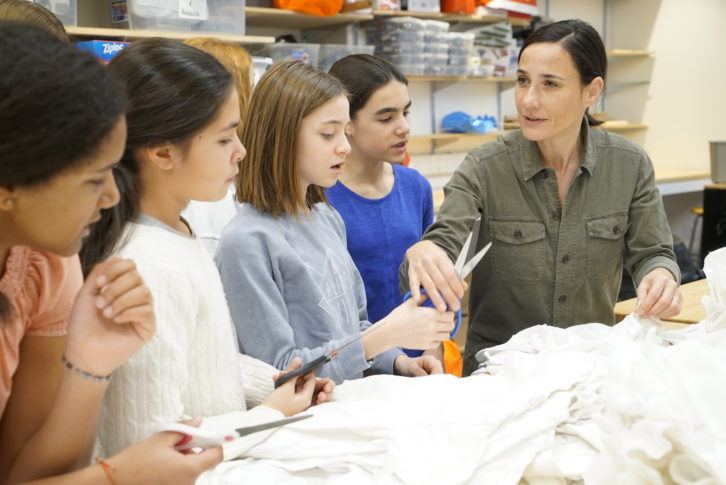
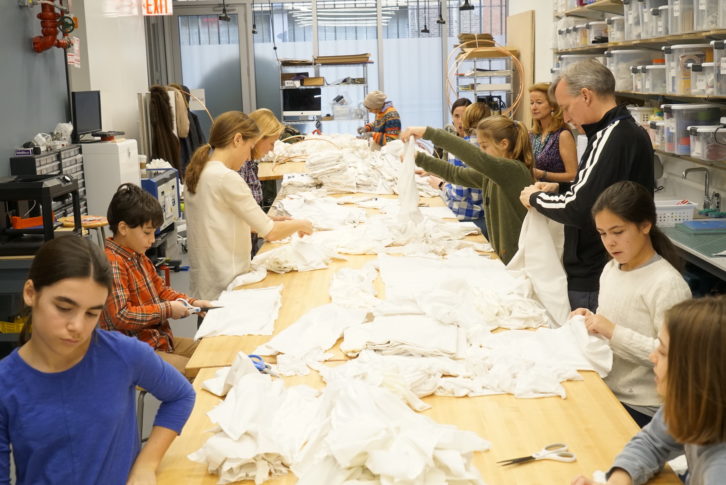
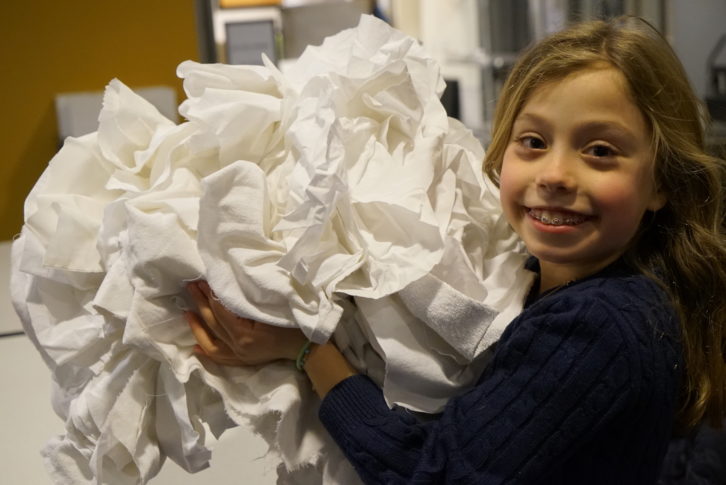
 How does the signs project fit in with the work?
How does the signs project fit in with the work?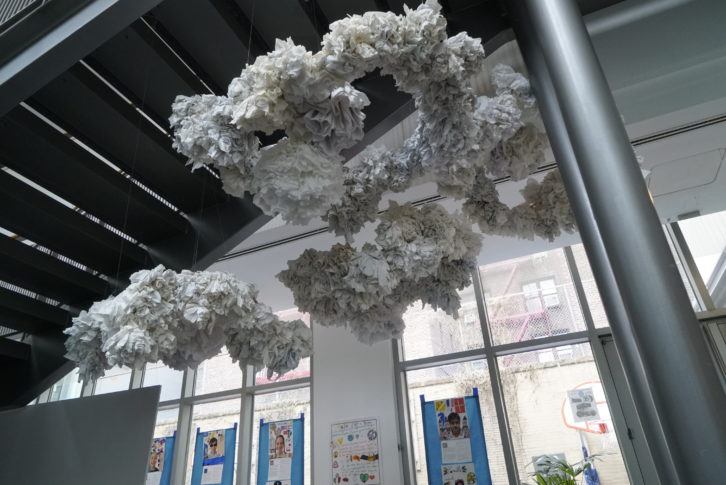
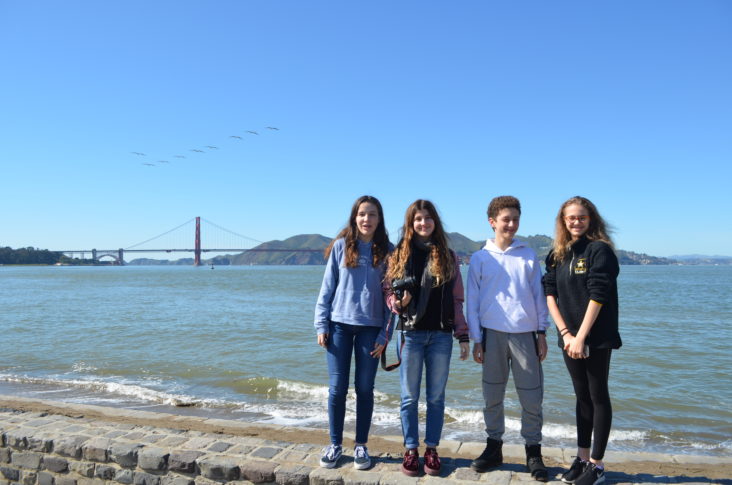
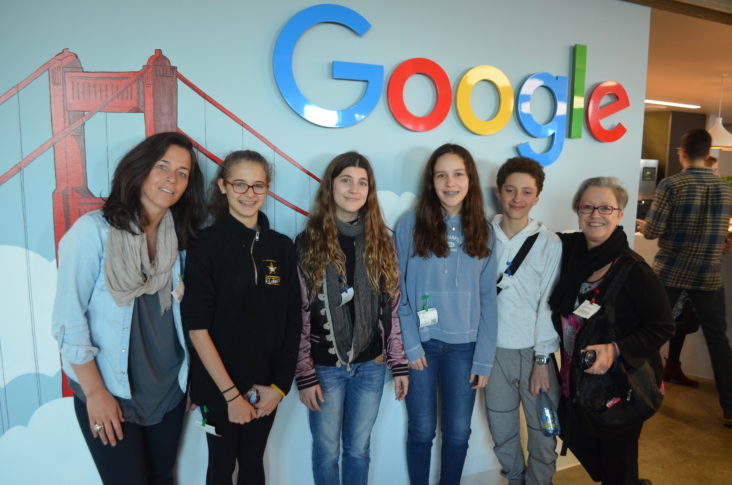

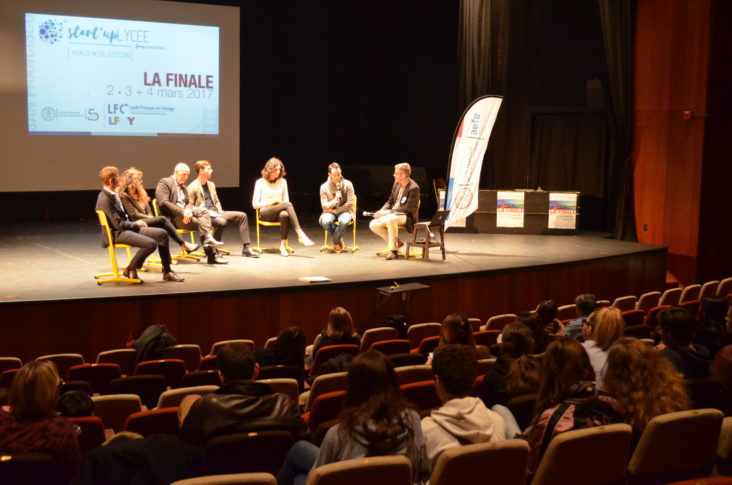



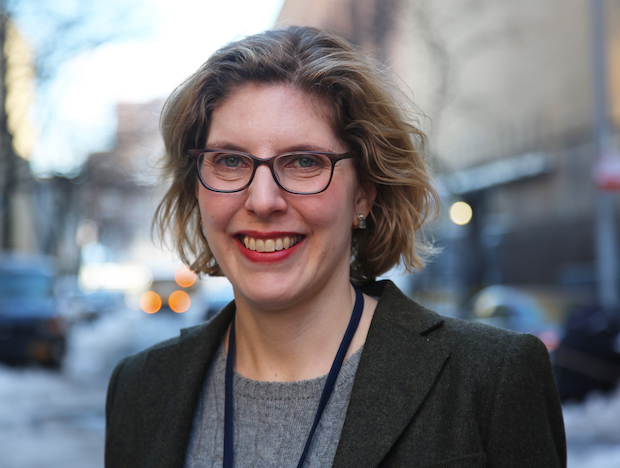 How long were you a student at the Lycée?
How long were you a student at the Lycée?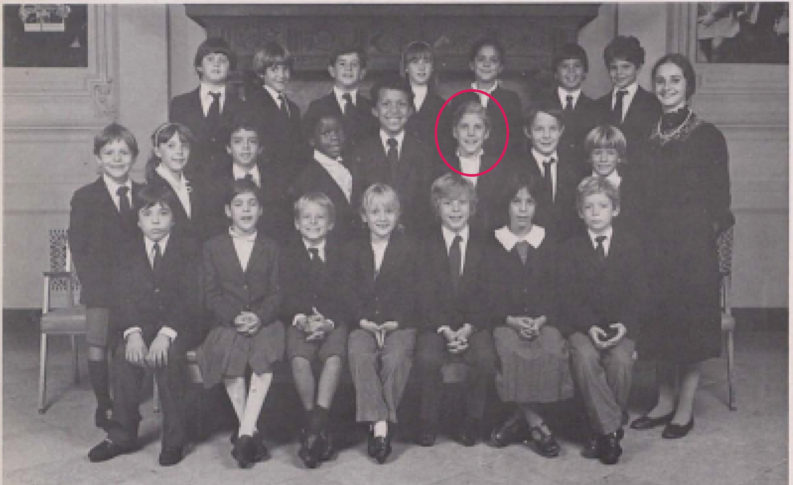

 Participation is a demonstration of the strength of a community and its support of a common goal–in our case, providing the best educational experience possible for students. Participation means that all contributions, great and small, are equally valued.
Participation is a demonstration of the strength of a community and its support of a common goal–in our case, providing the best educational experience possible for students. Participation means that all contributions, great and small, are equally valued. 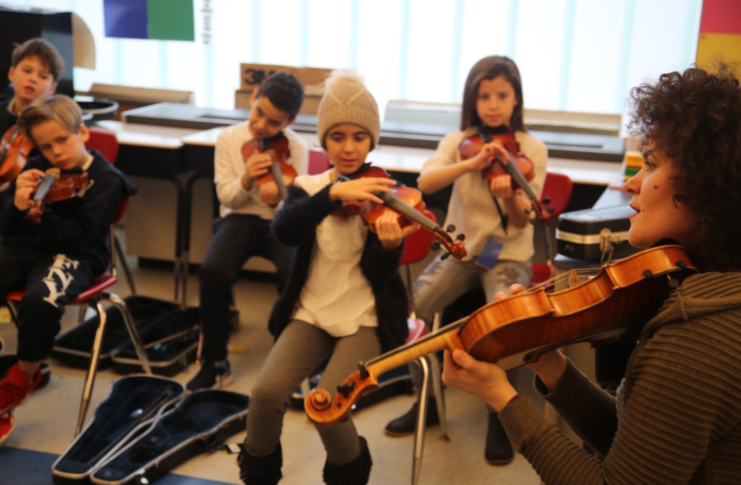
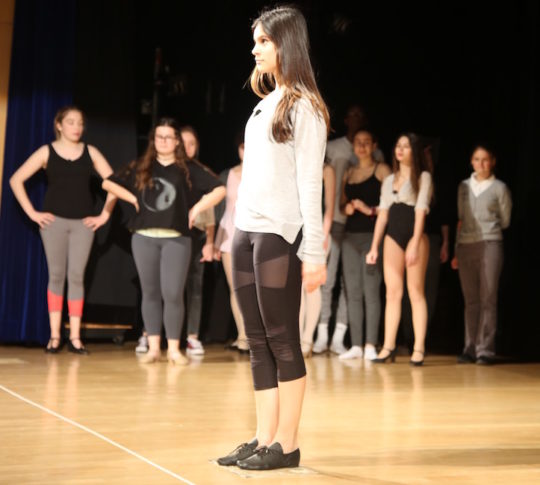
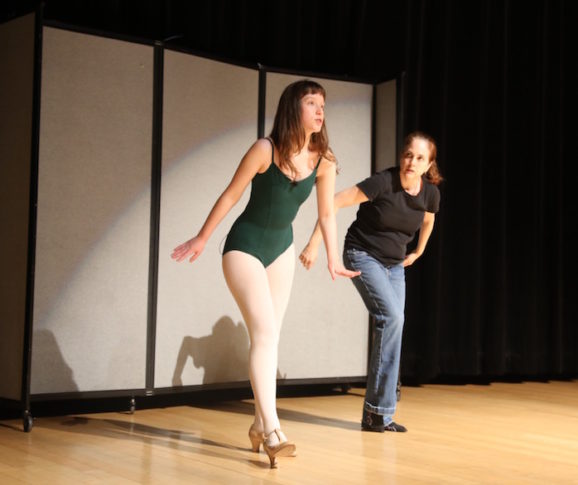 But you’re all going to love this one. I am sure of it. Don’t miss Kamila in the role of Cassie, the seasoned performer in the show who is beckoned back to Broadway and sings and dances to one of the show’s signature solo numbers, “The Music and the Mirror.”
But you’re all going to love this one. I am sure of it. Don’t miss Kamila in the role of Cassie, the seasoned performer in the show who is beckoned back to Broadway and sings and dances to one of the show’s signature solo numbers, “The Music and the Mirror.”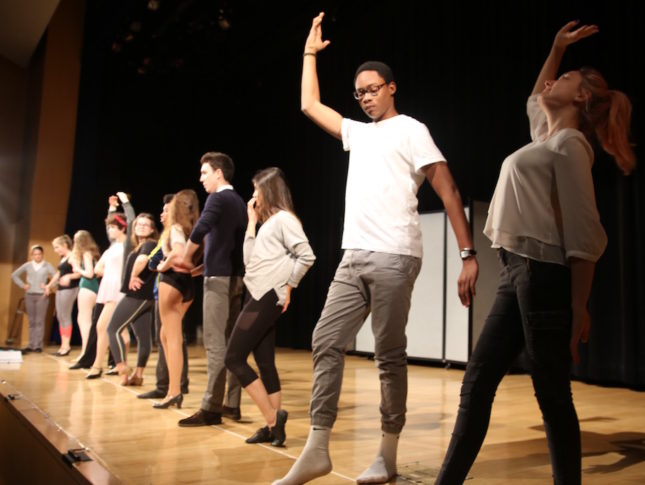 Says Mr. Whitman, much of the actors’ stories were adapted to give them more drama and distinctiveness for the show, but the story of Cassie and Zach, the musical’s narrator and director, played by Terminale student Mael, and whose voice is heard throughout the show, came true to life. Donna McKechnie, who played the original Cassie, married Michael Bennett for a time after
Says Mr. Whitman, much of the actors’ stories were adapted to give them more drama and distinctiveness for the show, but the story of Cassie and Zach, the musical’s narrator and director, played by Terminale student Mael, and whose voice is heard throughout the show, came true to life. Donna McKechnie, who played the original Cassie, married Michael Bennett for a time after 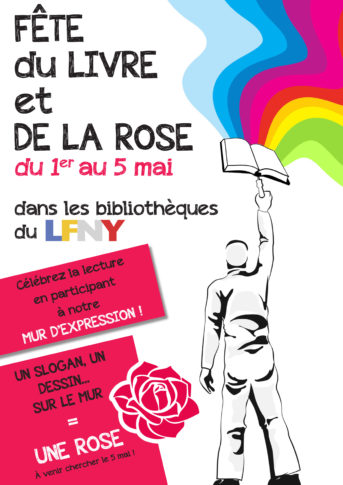 Du 1er au 5 mai, pour cette édition 2017, nous proposons à l’ensemble de la communauté de participer à
Du 1er au 5 mai, pour cette édition 2017, nous proposons à l’ensemble de la communauté de participer à 

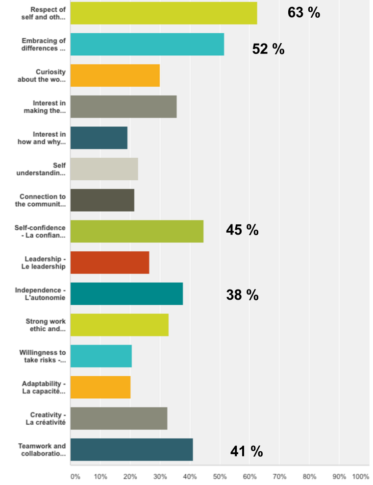
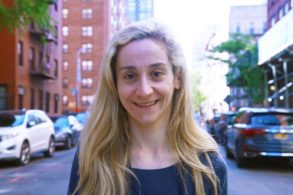
 The country booths are a highlight. What countries are represented this year?
The country booths are a highlight. What countries are represented this year?

 At the same time, with the introduction of our diversity program, they learn little by little that in order to live together, they must recognize and accept individual differences and cultural diversity.
At the same time, with the introduction of our diversity program, they learn little by little that in order to live together, they must recognize and accept individual differences and cultural diversity. 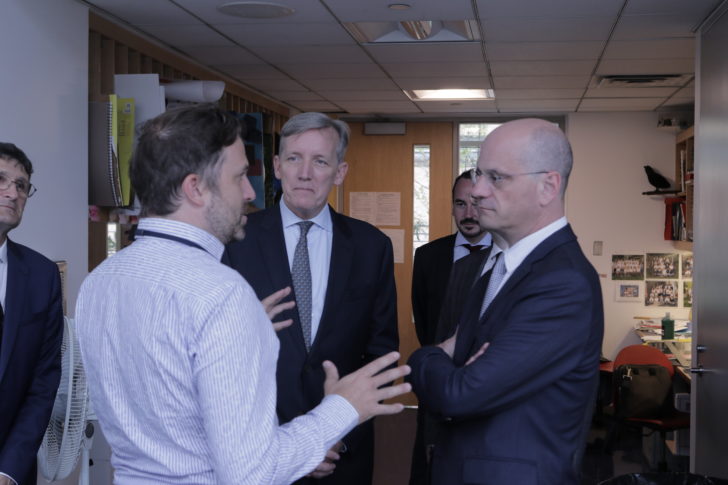
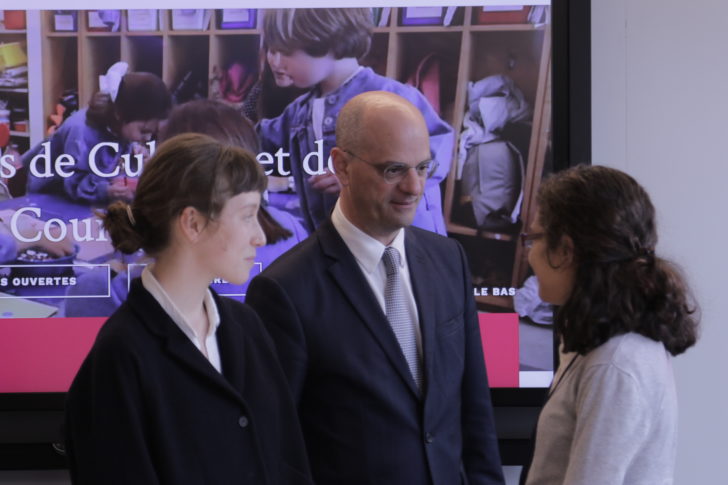 He will perhaps bring back ideas and strategies for France in how we teach bilingually in Primary, the 7-day cycle in Secondary, project-based learning and our Secondary advisory program. He was intrigued by the work on mindfulness taking hold at school and wanted to know more about our Artist in Residence program.
He will perhaps bring back ideas and strategies for France in how we teach bilingually in Primary, the 7-day cycle in Secondary, project-based learning and our Secondary advisory program. He was intrigued by the work on mindfulness taking hold at school and wanted to know more about our Artist in Residence program.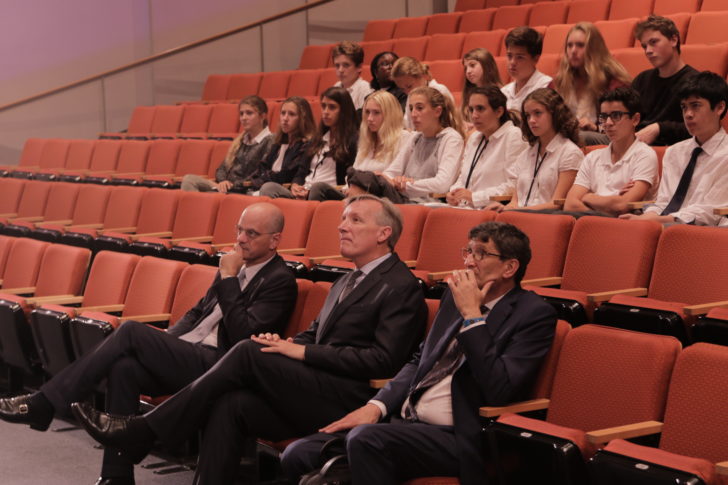
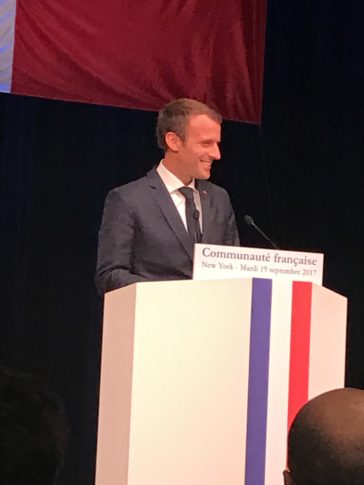 had the privilege of attending an event organized by the French Cultural Services at the 92Y. They had the opportunity to hear, first hand, President Macron’s inspiring speech about the future of Europe and the urgency to address climate change, a theme so important to the Lycée. First Lady Brigitte Macron took the time to come and greet the students, as well. She remembered having a few former Lycée students in her own classes in France, remembering their “high level” before asking about our current Lycéens about their results on the spring bac exams.
had the privilege of attending an event organized by the French Cultural Services at the 92Y. They had the opportunity to hear, first hand, President Macron’s inspiring speech about the future of Europe and the urgency to address climate change, a theme so important to the Lycée. First Lady Brigitte Macron took the time to come and greet the students, as well. She remembered having a few former Lycée students in her own classes in France, remembering their “high level” before asking about our current Lycéens about their results on the spring bac exams.